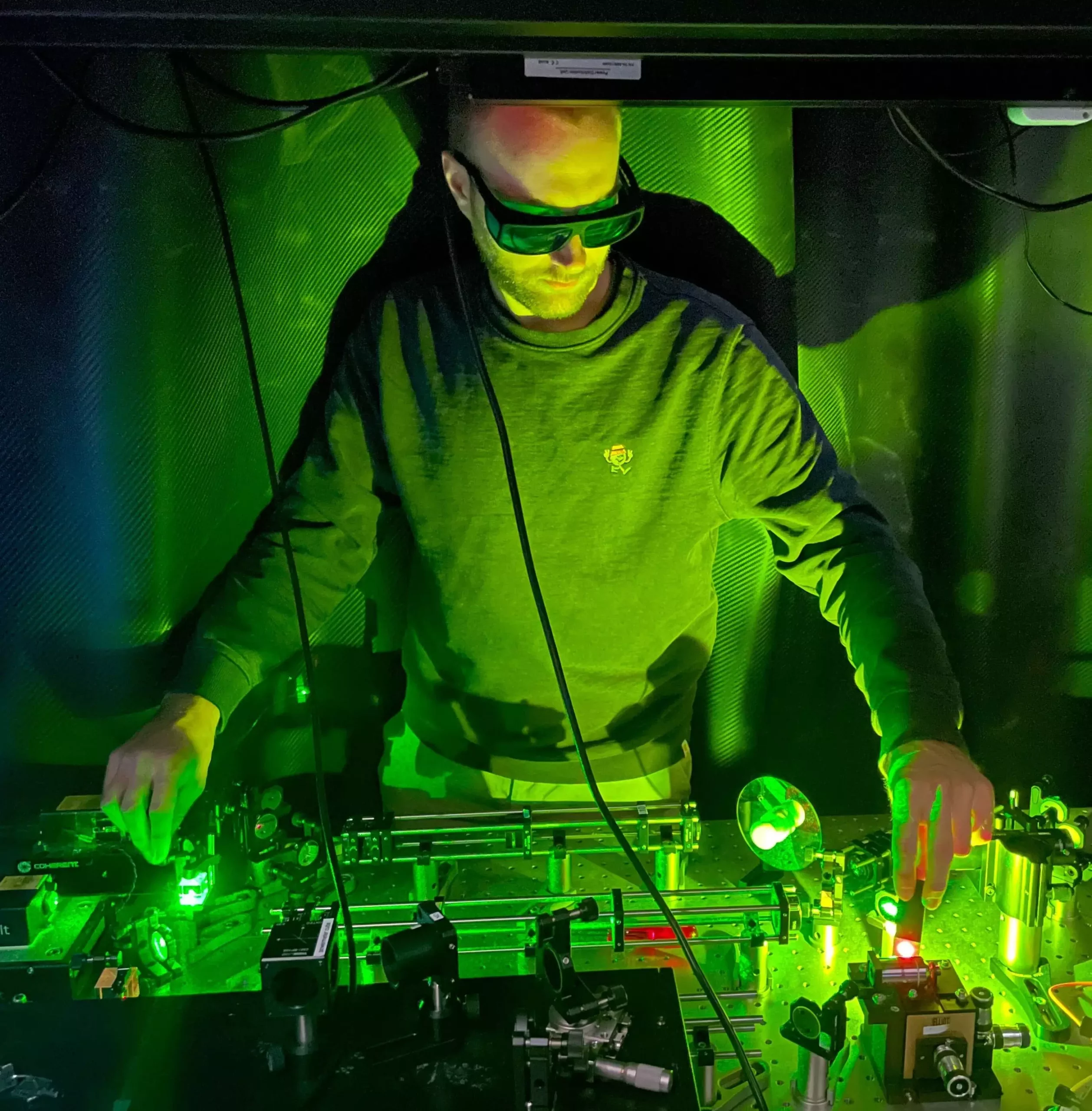Capturing the interactions of molecules on camera is no easy feat, especially when the actors are microscopic and invisible to the naked eye. This challenge was met by Prof. Emiliano Cortés and his team at LMU, who embarked on a groundbreaking journey to film the synthesis of covalent organic frameworks (COFs). Despite two decades of research, the exact mechanisms behind the formation of COFs remained shrouded in mystery, leading scientists to rely on trial and error in their development.
Christoph Gruber, a doctoral researcher in Cortés’s team, collaborated with LMU chemist Prof. Dana Medina to shed light on the complex synthesis processes of COFs. By using a special microscope, the team was able to witness the formation of COFs at the nano level and capture the intricate molecular interactions in real-time. Their efforts culminated in a groundbreaking study published in Nature, accompanied by a captivating video showcasing the synthesis of COFs in action.
One of the key challenges in synthesizing molecular frameworks like COFs is achieving precise control over the reaction and self-assembly of molecular building blocks. Medina emphasizes the importance of early-stage control in obtaining a highly crystalline structure with the desired functionality. Gruber’s unconventional use of iSCAT microscopy allowed the team to visualize the nucleation and growth processes, providing insights into the earliest stages of COF formation.
During their observations, the researchers made a surprising discovery – the presence of nanometer-scale droplets that play a crucial role in the synthesis of COFs. These tiny structures were found to govern the kinetics of the reaction, highlighting their significance in achieving the desired order in the molecular frameworks. The iSCAT method enabled the researchers to capture these nano-scale processes in real-time, offering a new perspective on the early stages of COF formation.
Building on their findings, the researchers developed an energy-efficient synthesis concept for COFs. By optimizing the reaction conditions, such as adding table salt to reduce the temperature, they were able to achieve room temperature synthesis of COFs instead of the previously required 120 degrees Celsius. This breakthrough has the potential to revolutionize the industrial production of COFs and inspire new approaches to chemical synthesis.
The research conducted by the LMU team opens up new possibilities for studying and understanding the synthesis of COFs and other materials. By filming molecules in action, researchers can gain valuable insights into dynamic processes that were previously invisible to the human eye. The excitement surrounding this innovative approach to molecular filmmaking underscores the transformative impact it could have on the fields of chemistry and materials science.


Leave a Reply